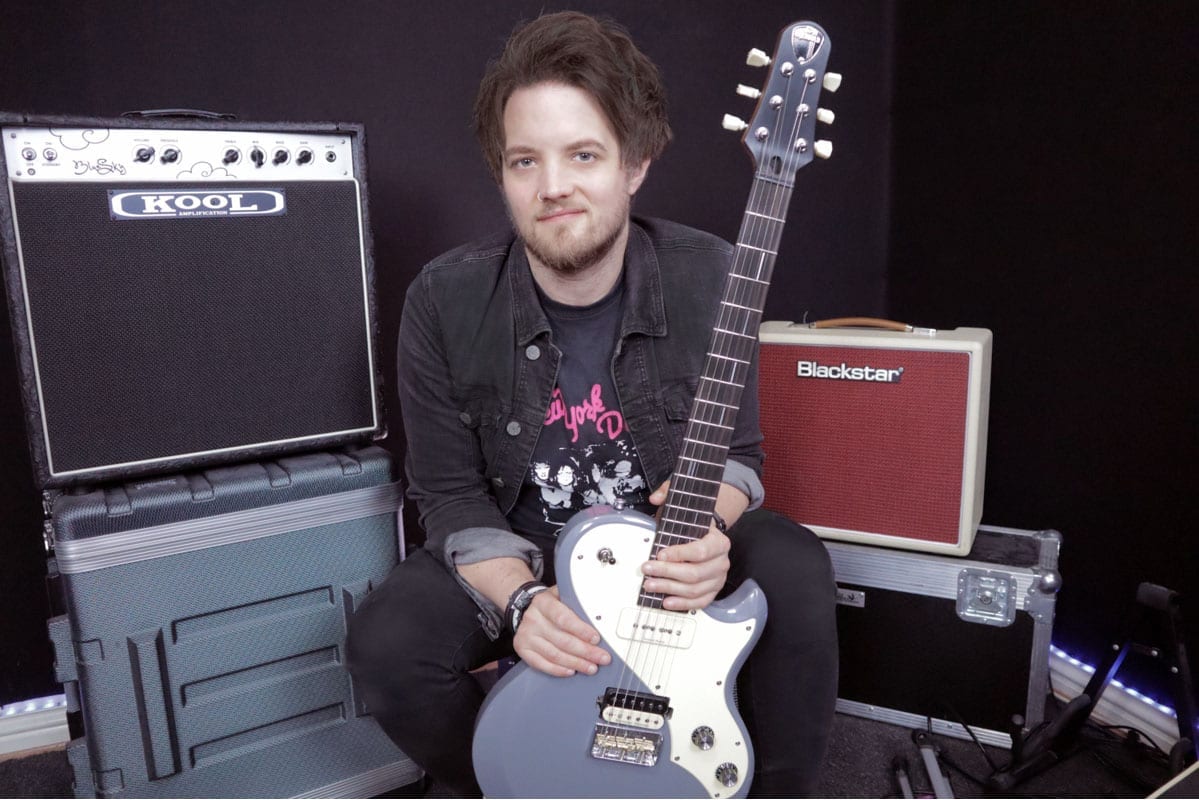In the early '90s grunge took the world by storm. A stream of bands from the US Pacific Northwest, and especially Seattle, arrived on the music scene with their stripped-back, raw sounds, emotive lyrical topics and minimal guitar showboating.
Some of these bands included Nirvana, Soundgarden, Pearl Jam and Alice In Chains – with California's Stone Temple Pilots also part of this incredible era for alt rock creativity.
In this lesson we’re going to check out four inspiring chords used by some of these bands.
A to Asus4

Pearl Jam, although an integral part of the Seattle Grunge scene, had a big fan of Jimi Hendrix and Stevie Ray Vaughan with guitarist Mike McCready. In the verse of Alive, McCready allows his Hendrix influence to shine with this A to Asus4 movement.
This is using barre chords but played as triads with your thumb playing the root on the Low E.
C#5/G#

This chord appears in the Nirvana track Frances Farmer Will Have Her Revenge On Seattle from the In Utero album.
The idea behind this chord is to take a regular power chord rooted on the A String (A C#5 in this case) and add the 5th of the chord below the root. This gives you two pairs of octaves, the root and the 5th. It functions as a power chord, but has an additional depth provided by the lower note.
Cm#5

This chord appears in the verse of the Stone Temple Pilots track Interstate Love Song. This is a form of augmented chord as it has a raised 5th interval.
This chord is a regular minor chord but with the raised 5th adding a sense of dissonance and discomfort. It’s a great chord to throw into a progression to add some instant tension, or, used in the context of the mentioned song, as a passing chord on a chromatic chordal walkdown.
Aadd2

In the Alice In Chains track Rooster, guitarist Jerry Cantrell starts with some four-string variations of F# and A barre chords all played on the D, G, B and E strings. He alternates between barring and opening up the B and E Strings. In the A position, that gives you an Aadd2.
When played in a strumming context, this adds a tenson and release feel to your chords in the same way a Sus2 chord works.
If you did this in the F# position as he does on the track you’d get an F#11no5.


